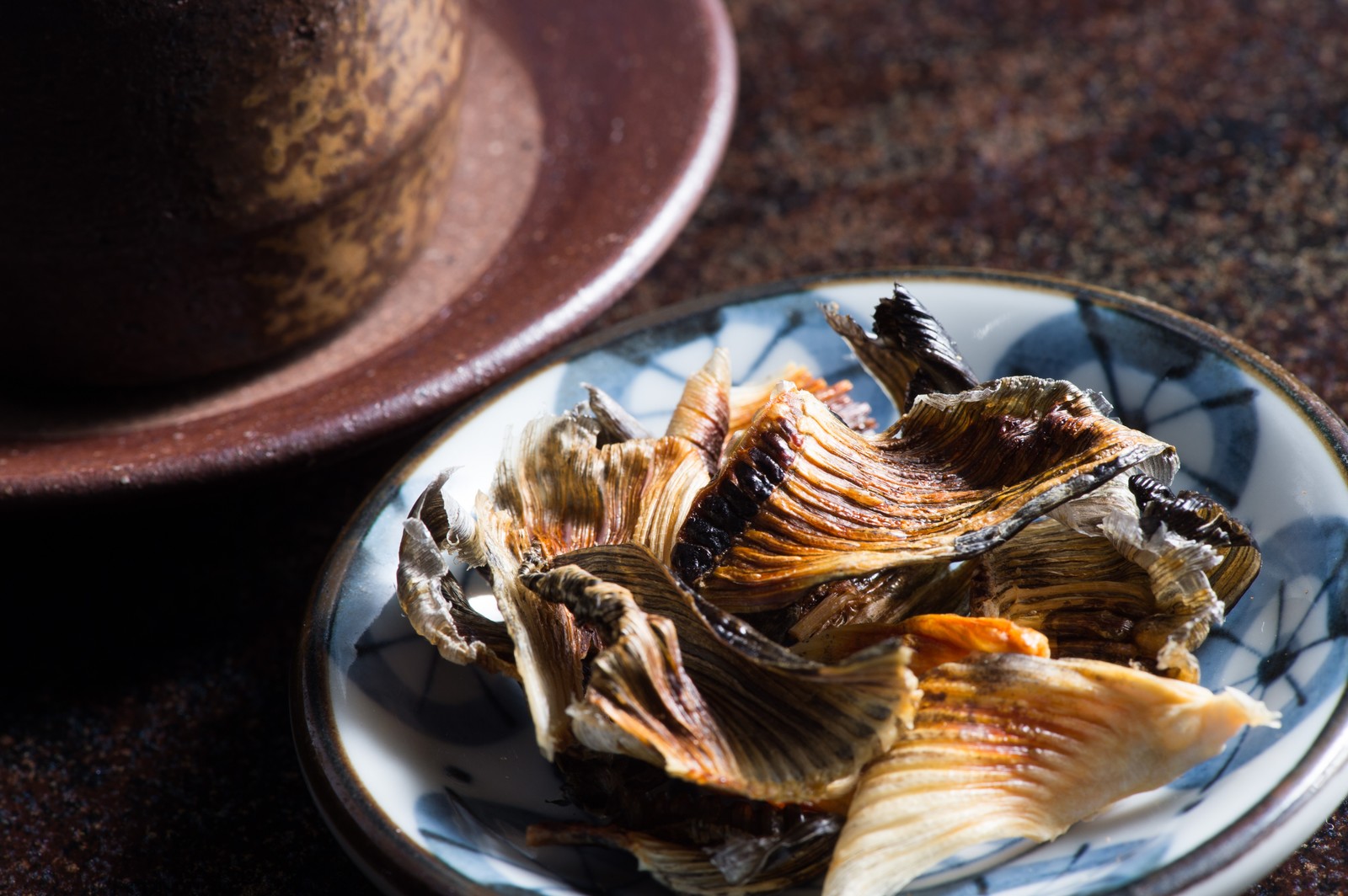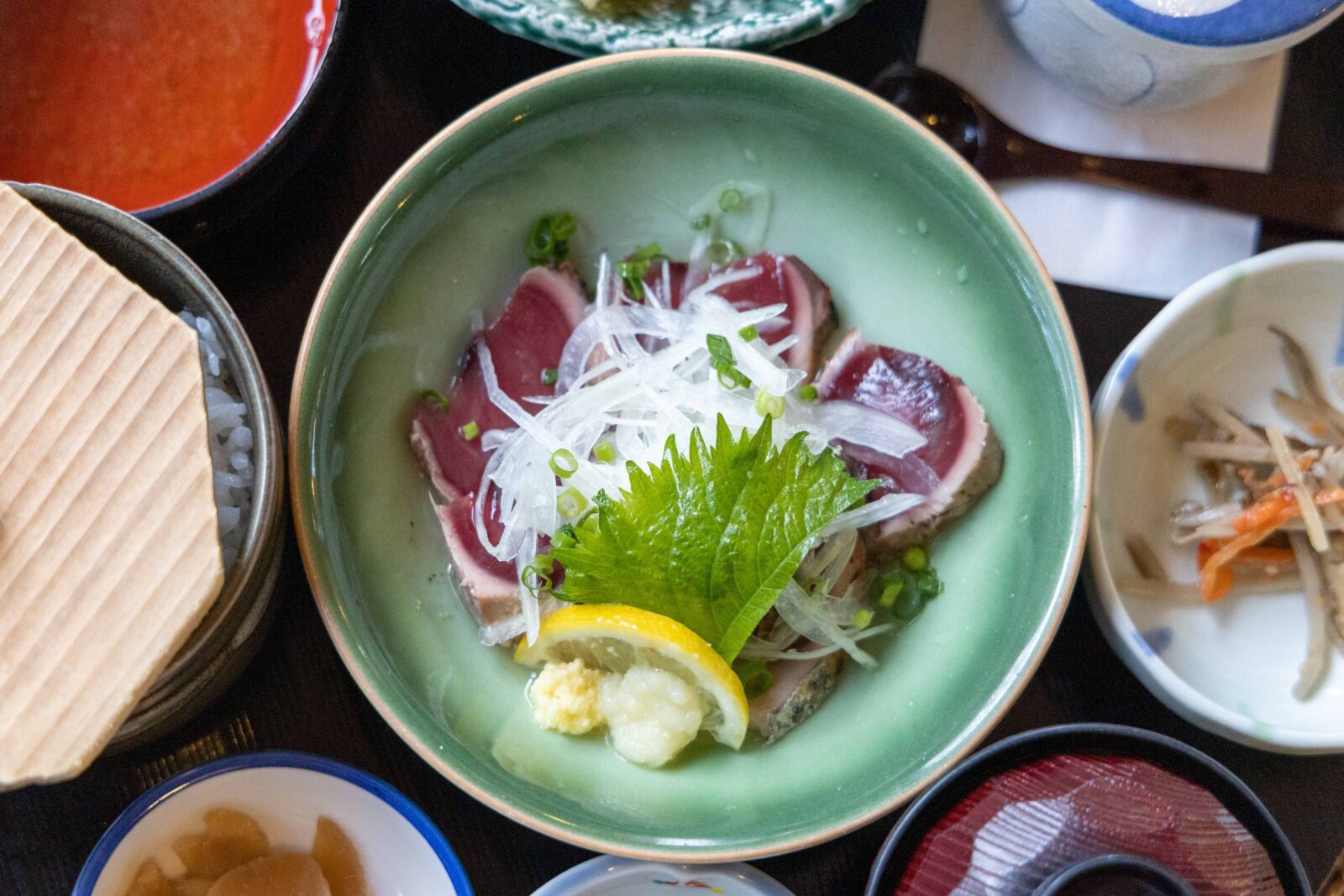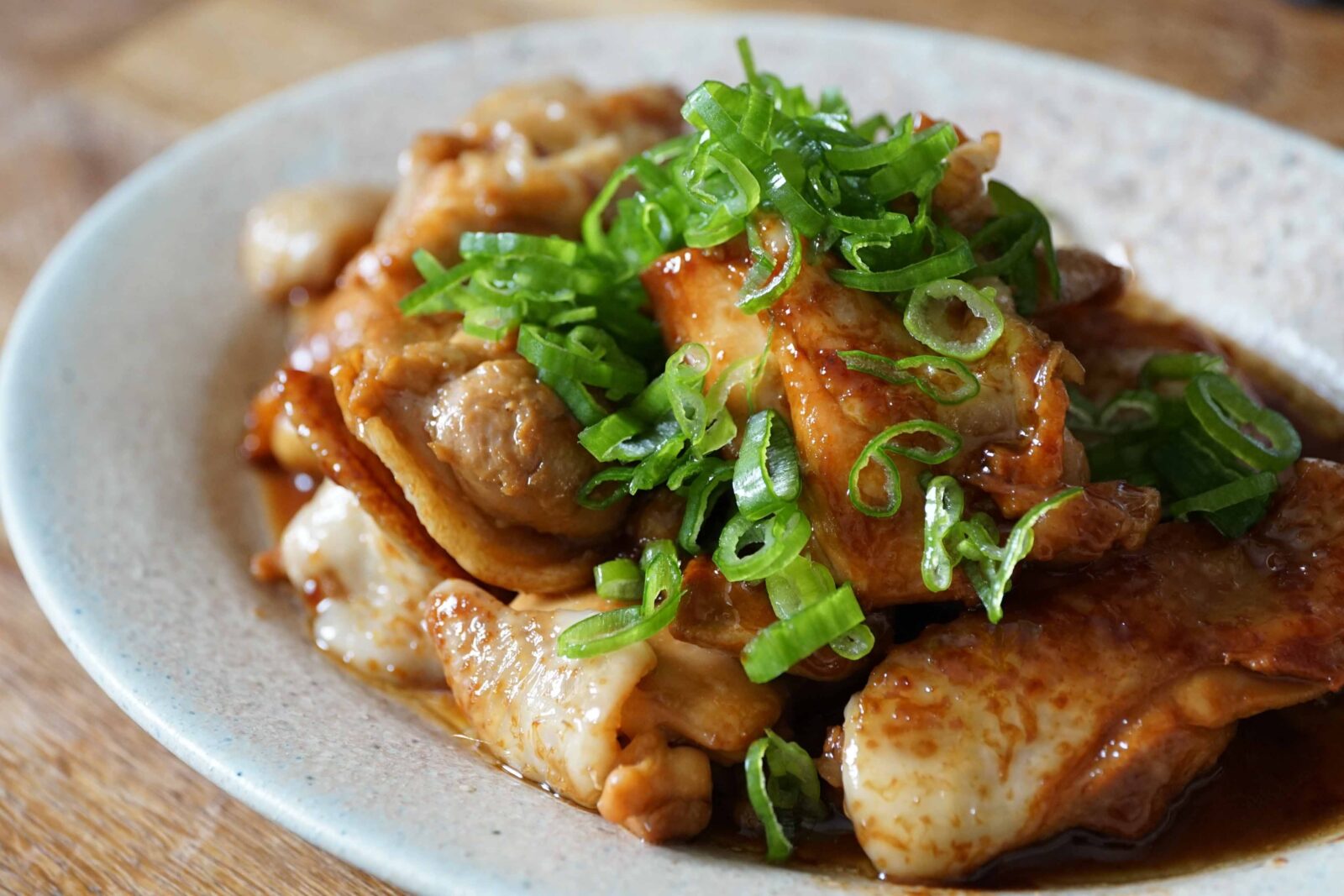
- The more you know!
Sake no sakana
Japanese people often drink sake with a snack or small dish called sake no sakana. This is an interesting phrase that has changed in spelling since it was first coined in the Muromachi Period (1336-1573).
Initially, sakana was written as 酒菜. The first character is the same character used for sake today, and the second means “greens”, so these characters meant “greens eaten with sake” (although the term referred to all food eaten at drinking parties). Later, Japanese speakers encountered the Chinese character 肴, which meant “food eaten when drinking alcohol”. 肴 was adopted as the new term for these snacks, although the original pronunciation of sakana was retained instead of the character’s usual Japanese pronunciation of ko.
Now, sakana is also Japanese for “fish”, and sake no sakana are the reason why! In the Edo period (1603-1867), Japan had a flourishing fishing industry, and fish was often served as a sake no sakana. The association between fish and sake no sakana became so strong that the original name for fish, uo, fell out of use and people began calling it sakana instead! Now that’s what we call food for thought.
We’ll be thinking of that the next time we enjoy a great drink with a delicious sake no sakana.

